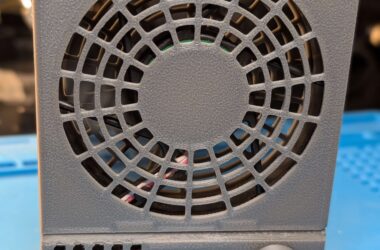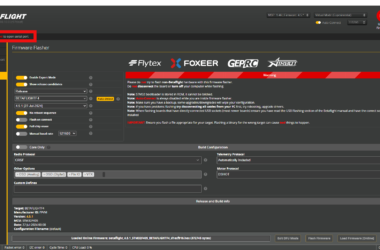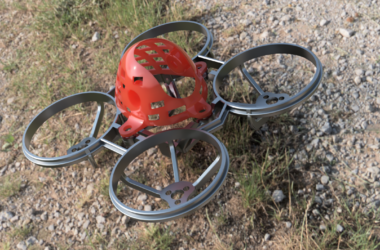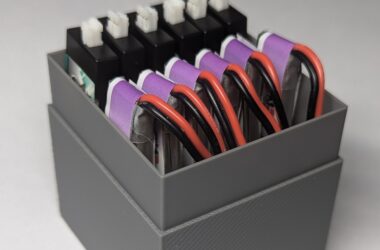When I first started printing whoop drone frames, I used PETG filament. It’s a solid material: sturdy and capable of withstanding a few bumps. But, as I quickly discovered, it’s also brittle. While better than PLA, PETG didn’t hold up to the relentless impacts of indoor flying. I needed something that could crash into walls repeatedly and still come out in one piece. So, I dove into research mode.
Finding the Perfect Material
My initial thought was to try stronger materials like ABS or nylon. However, I was unsure if my Bambu A1 Mini printer could handle those reliably. Then, I thought about TPU. This elastomer material is famous for its flexibility and impact resistance. I had a roll of Creality Flexible TPU, but it was too soft for this application. A typical 98A TPU might be tougher, but I wasn’t convinced it would make a sturdy enough frame for a whoop drone.
I scoured Amazon for harder TPU filaments but couldn’t find anything beyond 98A. That’s when I turned to AliExpress. After some searching, I stumbled upon TPU 72D—a material harder than typical TPU yet still flexible enough to absorb impact without breaking. It sounded perfect for my needs.
Printing and Testing
Once the filament arrived, I prepared for my first print. Here are a few things I learned along the way:
- Dry the Filament: TPU 72D is hygroscopic, meaning it absorbs moisture from the air. To avoid stringing and ensure a clean print, I dried the filament for 4-6 hours in my Creality Space Pi Filament Dryer before printing.
- The Smell: This material has a strong odor during printing, so using a printer with an enclosure is highly recommended.
After printing the frame and assembling my whoop drone, I took it for a spin. Crashing into walls? No problem. The frame stayed intact after multiple hits. TPU 72D proved to be a game-changer. It’s slightly softer than PETG, but it’s tough enough to handle the abuse of indoor drone flying.
Pros and Cons of TPU 72D
Pros:
- Highly impact-resistant
- Flexible yet hard enough for structural integrity
- Perfect for durable drone frames
Cons:
- Strong odor during printing
- Requires thorough drying before use
Final Thoughts
This experiment was a success. TPU 72D gave me the durable, crash-resistant frame I’d been searching for. It’s a fantastic material for anyone looking to print whoop frames or other parts that need to withstand high impacts. Just be prepared for the smell and take the time to dry the filament properly.
Here’s a photo of my indestructible whoop drone with its TPU 72D frame.
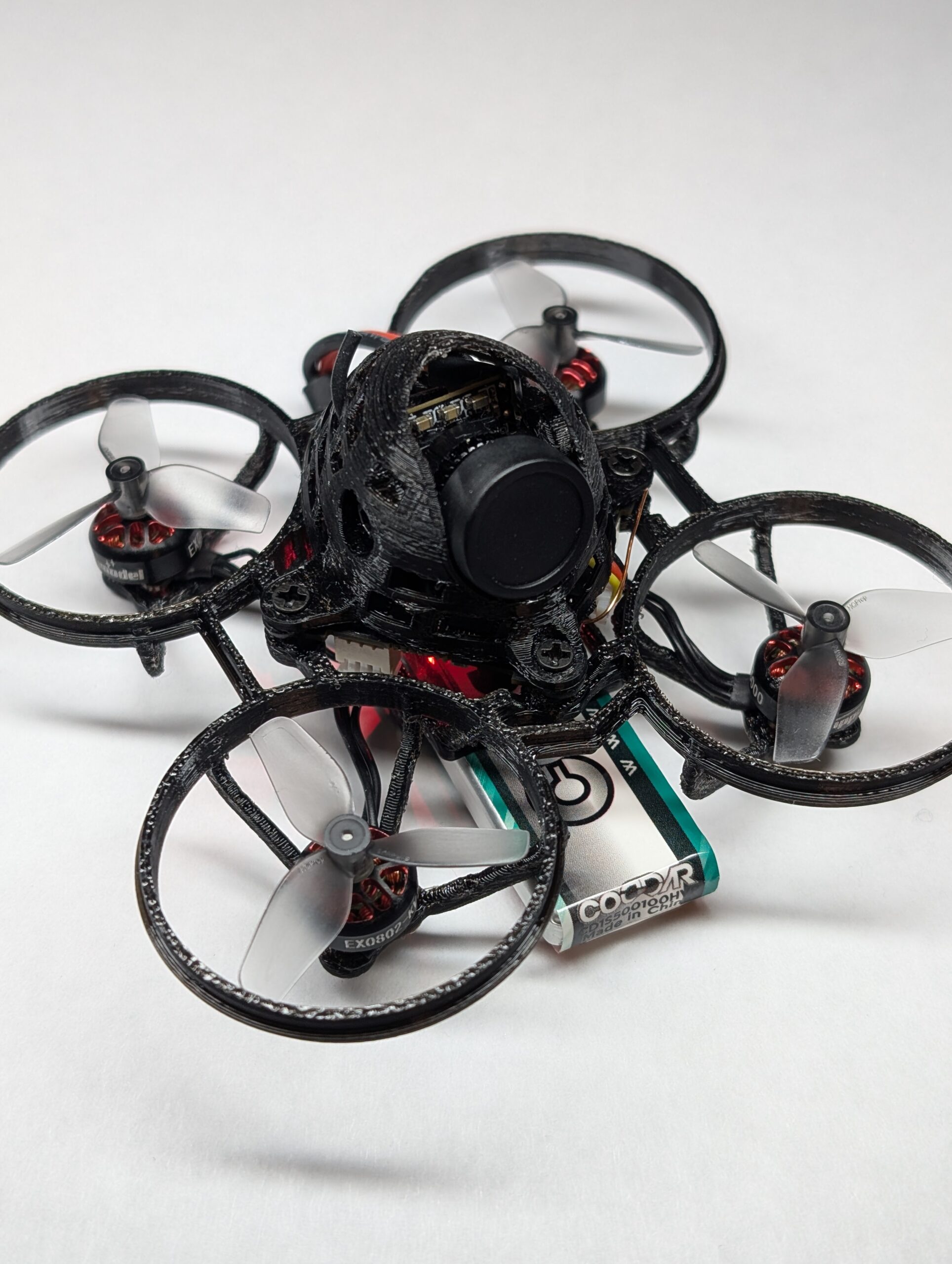
If you’ve experimented with TPU 72D or have questions about printing with it, let me know in the comments. I’d love to hear your thoughts and experiences!





